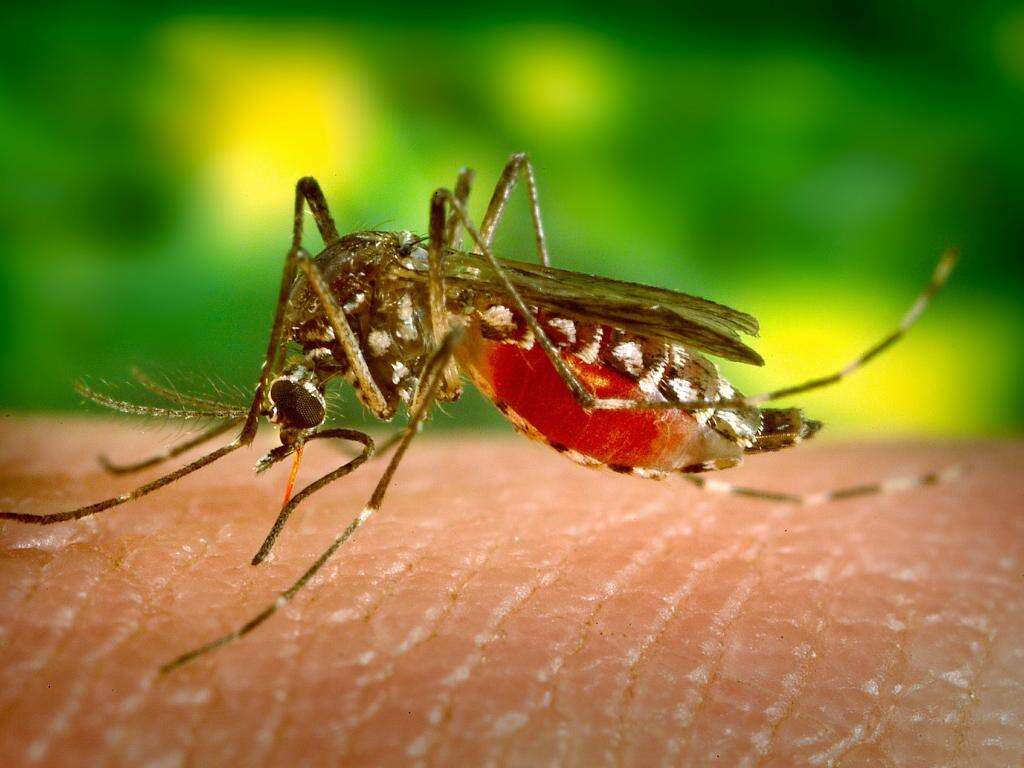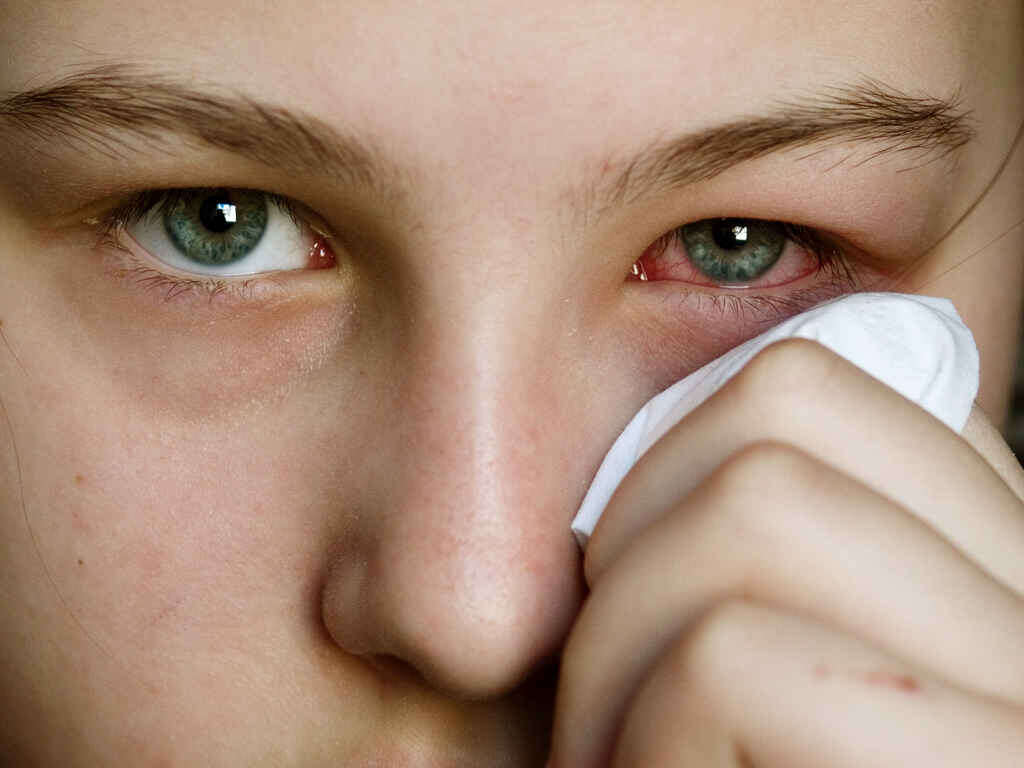10 Zika Virus Symptoms
You’ve probably heard a lot about malaria, but that’s not the only pathogen that mosquitos can carry. The Zika virus is another condition that can be spread from person to person by mosquito bites. The Aedes mosquito is the one that can carry this disease, and it’s also the one that carries dengue and chikungunya, two other dangerous viruses. The Aedes mosquito is also considered more dangerous than the average mosquito because they’re active all day long instead of just during the day.
There are a few subspecies of this type of mosquito that can carry the virus. The Asian tiger mosquito and the yellow fever mosquito have affected people in Africa, Asia, the Pacific Islands, and South and Central America. The Zika virus sometimes doesn’t cause any symptoms. If it does, they can be rather mild. However, if the condition is left untreated, complications can arise which can be devastating. If you are pregnant and contract Zika you should immediately seek help.
Symptom #1: Fever
Fevers are a condition in which the body’s internal temperature rises. Fevers are often accompanied by uncomfortable warmth or chills, sweats, and internal discomfort. Fevers are one of the body’s many responses when it’s trying to fight off a pathogen.
One of the reasons that fevers occur is because many viruses have a harder time multiplying in warm environments. By raising the temperature of the body, the immune system helps to protect the body from all sorts of diseases.
Symptom #2: Rash
If you get a rash from the Zika virus, it will usually appear after 3 to 12 days after being bitten by a mosquito carrying the disease. The rash normally occurs within the first week of illness and starts in the abdomen, where it then spreads to the extremities, the face, and the rest of the body. It is diffusely distributed and can involve palms and soles.
The rash can be recognized by little red bumps and blotches of reddish skin, also referred to as a maculopapular rash. It is similar to those that can appear as a result of other viruses carried by mosquitos, such as dengue virus. Occasionally, the rash may be pruritic or itchy.

Symptom #3: Joint Pain
Joint pain or arthralgias is one of the less common symptoms associated with Zika, but it’s certainly a real concern. The mechanism of viral arthralgias and arthritis is poorly understood.
Joint pain can affect the knees, wrists, elbows and even the small joint of hands and feet. Swelling of the joints can also occur (arthritis). Some people report this symptom to linger long after the other symptoms have subsided, whereas other people only experience it for a few days. Joint pain and arthritis affect between 73- 80 percent of patients during the acute stage (2007 review in The Lancet Infectious Diseases). In that study, 33% of patients (4 months later) still reported joint involvement. Ten percent of patients report complications lasting 3-5 years.
Since Zika has only been in the spotlight for a couple of years, more research and anecdotal evidence is needed to fully understand the scope of this symptom.
Symptom #4: Conjunctivitis
Conjunctivitis is a condition that’s much more commonly known as pink eye. Pink eye is caused by inflammation of the tissues of the eye, which leads to them becoming red and watery.
In adults, it frequently presents as a non-purulent conjunctivitis (no discharge). However, serious findings have been described in healthy and immunocompromised individuals, such as disruption of the macular lining, and iridocyclitis or inflammation of the iris and the ciliary body (muscles and tissue involved in focusing the eye).
In newborns of women infected during pregnancy, microphthalmia (abnormally small eyeball), lesions of the choroid and the retina, hypoplasia or underdevelopment of the optic nerve, and iridocyclitis have been observed. These findings highlight the importance of ocular screening in newborns with a high suspicion for congenital Zika virus infection.

Symptom #5: Headaches
Headaches are another common symptom of the Zika virus. More than half of the patients experience this symptom. It is usually one of the first symptoms to appear, along with fever. The patient can experience pain behind the eyes (retro-orbital), and frontal headache (pain located in the forehead).
When experiencing any kind of headaches, the key information that is Important for accurate diagnosis includes time of attacks, location of the pain, description of the pain, duration, and frequency. Describing accompanying symptoms is also of importance.
Symptom #6: Fatigue
Fatigue is one of the most common symptoms associated with all sorts of conditions, not just Zika. Part of the reason for this is because the body is so busy trying to eliminate the disease that it doesn’t have as much energy available for the pursuit of other activities.
This can result in a strong sensation of fatigue or tiredness. When patients experience fatigue, it can be extremely exhausting to perform simple functions or to be able to think properly. Fatigue can last a while, even after the other symptoms of the condition have disappeared.

Symptom #7: Pain Behind the Eyes
This symptom isn’t caused by conjunctivitis. It is also referred to as retro-orbital pain.
Some people who are suffering from Zika experience some pain behind their eyes. This pain often emerges as a dull, throbbing ache that can persist for quite some time. Usually it’s not too intense and can be managed without any medication.
Symptom #8: Nausea and Vomiting
It’s important that you make sure to watch what you’re ingesting if you contract Zika, because the virus can cause bouts of nausea and vomiting.
While some people may find it difficult to keep food and water down in the most serious cases, it’s important to try and drink fluids. If dehydration ensues, symptoms can worsen.

Symptom #9: Malaise
Malaise is a difficult condition to describe because such a wide variety of terms fit under the blanket of malaise. The Pain American Health Organization defines general malaise as a sensation of discomfort, disease, and uneasiness.
In this condition the sensation can arise several days after you have contracted the disease and persist for a while. Sometimes the malaise from the Zika virus persists for more than a week after the person’s other symptoms have subsided.
Symptom #10: No Symptoms!
One of the most interesting things about the Zika virus is that only a few of the people who are bitten by the mosquito and contract the virus actually display symptoms. This facilitates the continued transmission of the virus to other vectors, and therefore to other individuals.
Only about 1 in 4 people infected with the virus have any symptoms at all. If you’re pregnant then it’s important to make sure you get checked, specially if you’re traveling through an area where Zika can be contracted. Remember that this disease can be transmitted to unborn children and cause congenital Zika virus infection.











